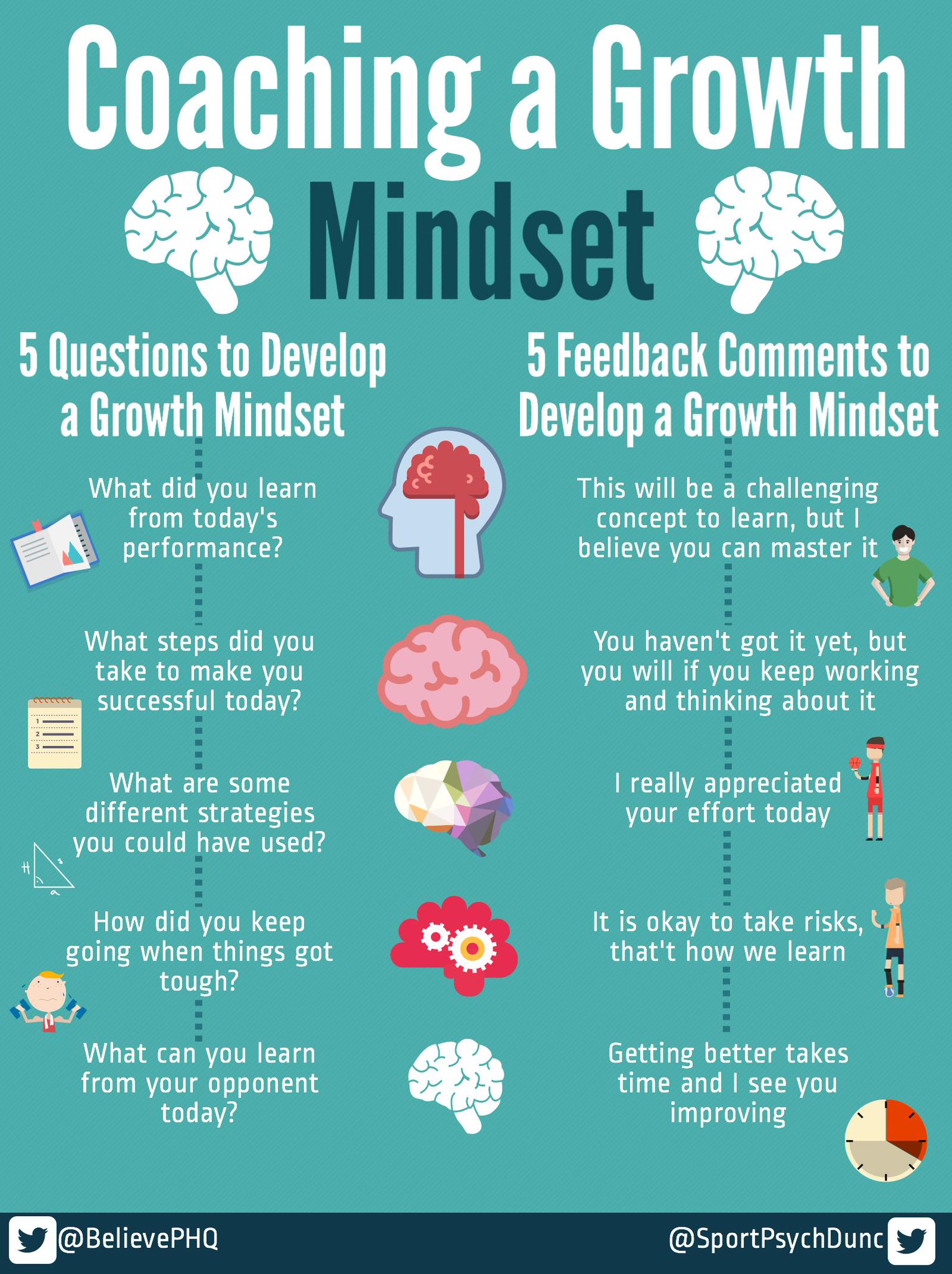In Part 1 of this blog post, we examined why a closer examination of strength and conditioning for youth athletes might be deemed a failure due to the very low attainment rate of athletes achieving elite status.
We then examined how a wider holistic “Human first, athlete second” approach which includes a focus on academic progress, career path and personal development might lead to us redefining ourselves as being in the “Human potential business”. This may lead to our influence outlasting any coaching relationship or sporting career.
So, just how can we structure can we give to this sort of process? Are there any models already existing that we can use to build on, or apply to our own context?
1.The pyramid of success – John Wooden
John Wooden was a highly successful basketball coach at UCLA, winning 10 national championships, with a winning streak of 88 games and was named coach of the year 6 times. He also spent time developing his own leadership model – “The pyramid of success”. The pyramid is pretty extensive, consisting of 15 fundamental values and 10 supporting attributes that Wooden believed were “prerequisites for a leader and an organization whose goal is to perform at the highest level of which they are capable.”
To download a PDF of the pyramid click here.

It’s certainly hard to argue against many of the values portrayed in the pyramid, although it is pretty wordy! I would suggest reading further into it via the PDF link in order to see the values and descriptions fully. For many teams and coaches, this might simply be too much to digest and perhaps it would be wise to build these values into your team gradually, one at a time via team meetings and reinforcement during training etc.
2. The triple impact player – Jim Thompson/Positive Coaching
Jim Thompson is the founder of the Positive Coaching Alliance which initially started in the US but now has offshoots in Scotland via the Scottish FA and Scottish Rugby. Positive coaching Scotland also offer this toolkit for coaches to implement the coaching philosophy. Additionally, Scottish Rugby’s online development hub “The Hive” also numerous resources on this here.
The PCA has some fantastic resources such as articles/videos and handouts for coaches/parents and it is worth visiting the site.
Ultimately the Triple Impact Player aims to:
- Improve themselves
- Improve their team-mates
- Improve the club
The PCA utilise a few acronyms to help memorise the process to achieve this, which coaches can use to teach players:
Interestingly enough, this isn’t just useful for application at the youth level, here is an video taken at Glasgow Warriors during Gregor Townsend’s reign as Head Coach:
3. The Growth Mindset – Carol Dweck
That leads nicely into the final philosophy or model I’d like to discuss: The Growth Mindset from Dr Carol Dweck. By now the growth mindset is pretty popular in both academy and sporting contexts, with fairly robust research to support it’s implementation and outcomes. Dweck’s research suggests that by praising effort (process) over talent (outcome), this creates a greater desire to continue to invest in improvement and growth. This can potentiall help shift people from a “fixed” mindset to a “growth” mindset.

You can actually get a good overview of how fixed/growth mindset oriented an athlete is by utilising the online questionnaire here. Or alternatively, you can type these questions up in hard copy format, hand the questionnaire out to your players, then review the answers yourself. To go one step further, why not get them to complete the questionnaire again in 6 months time to see if their mindset has shifted towards a growth mindset

I hope you’ve found some of these models and philosophies interesting. Please utilise the links for each to learn more about them and utilise the practical resources with your athletes/teams. I’d love to hear how you get on applying them with your team in an effort to develop the whole person, rather than just the athlete!
Here is some further reading for those interested:
The Growth Mindset – Dr Carol Dweck
The Score takes care of itself – Bill Walsh
Extreme Ownership – Jocko Willink and Leif Babin
The obstacle is the way – Ryan Holiday
Wooden -John Wooden and Steve Jamison
For more content like this, keep up to date with us on our Facebook page.
Are you a grassroots youth sport coach or PE teacher who wants to improve the athleticism of your athletes?? Check out our Fundamental series athletic development programs here.



